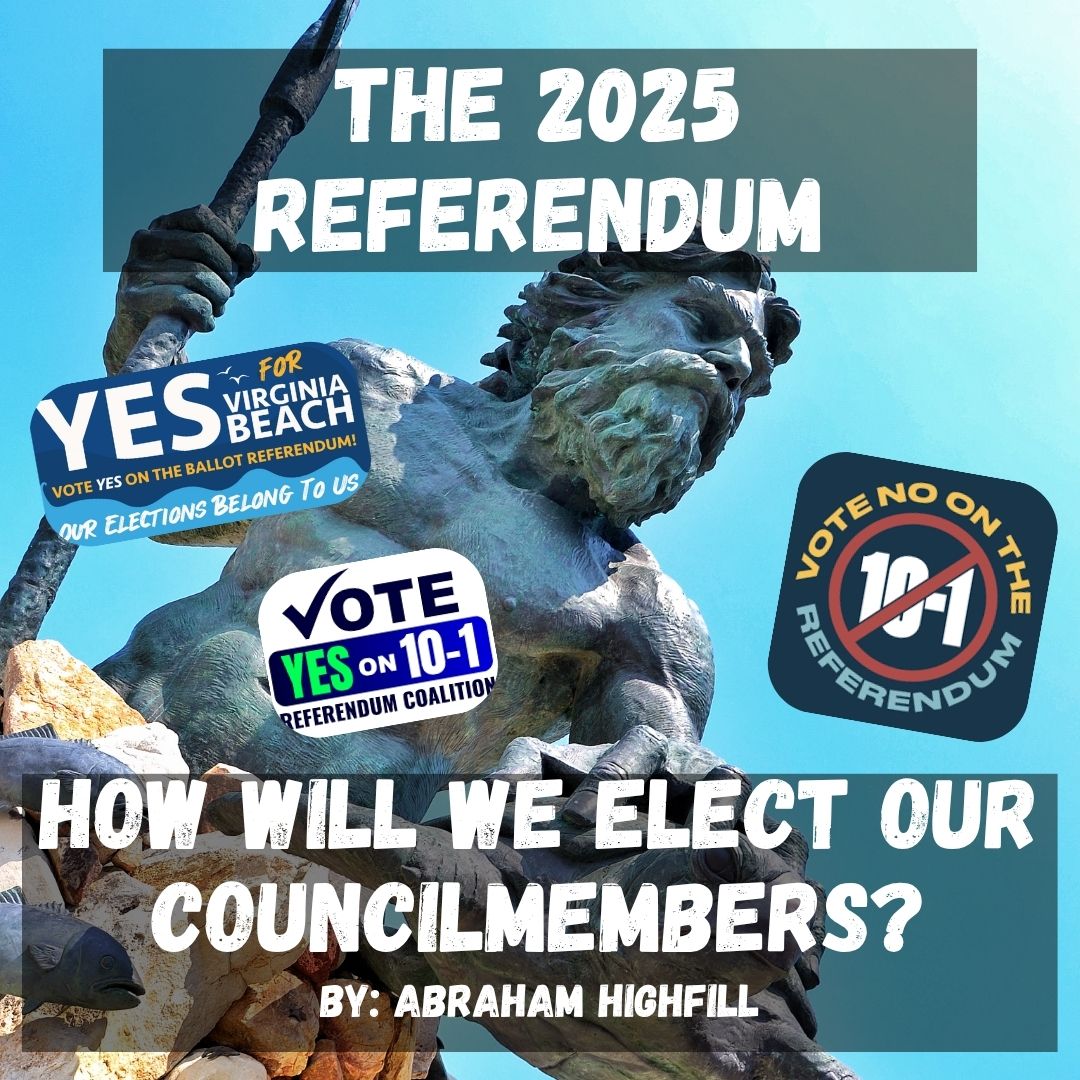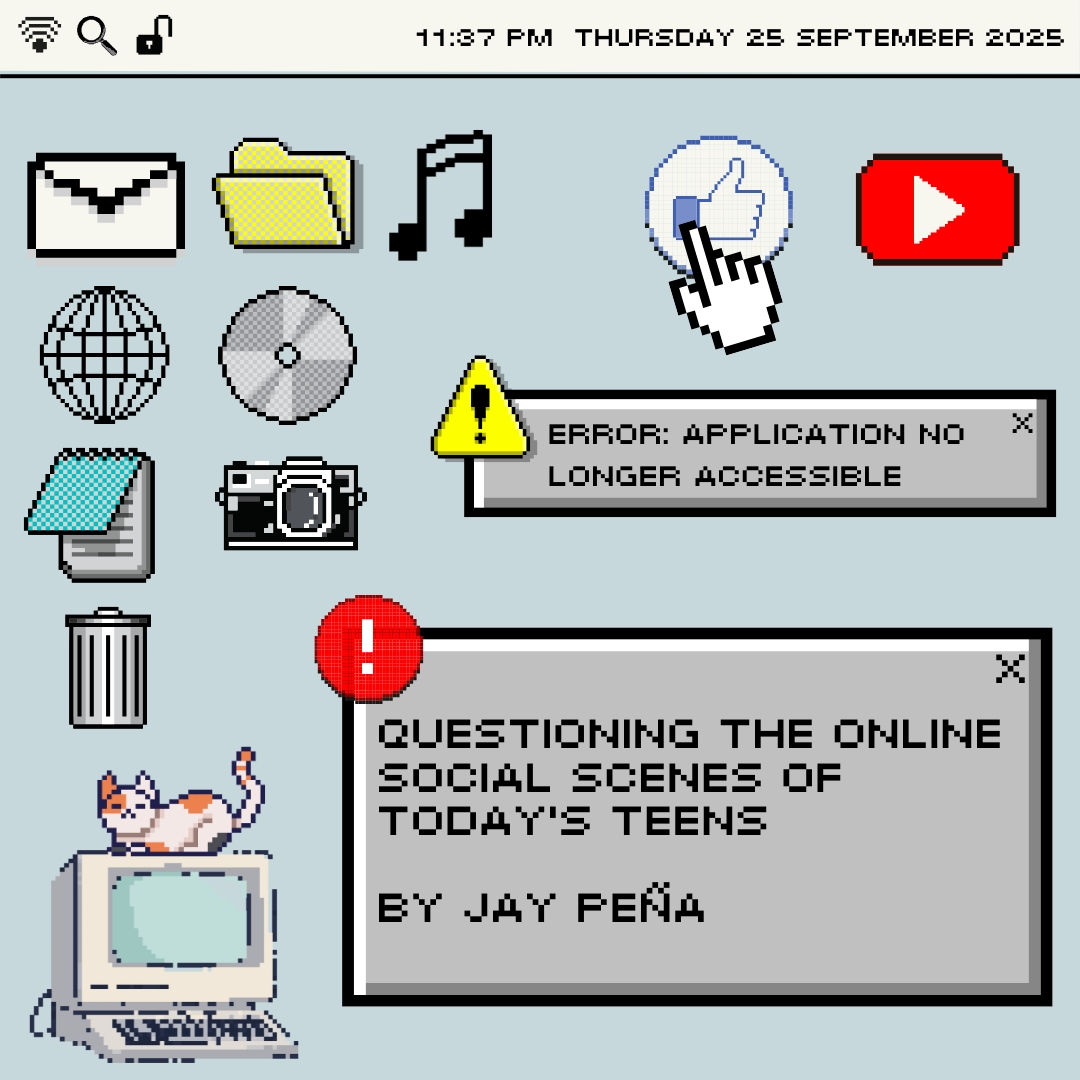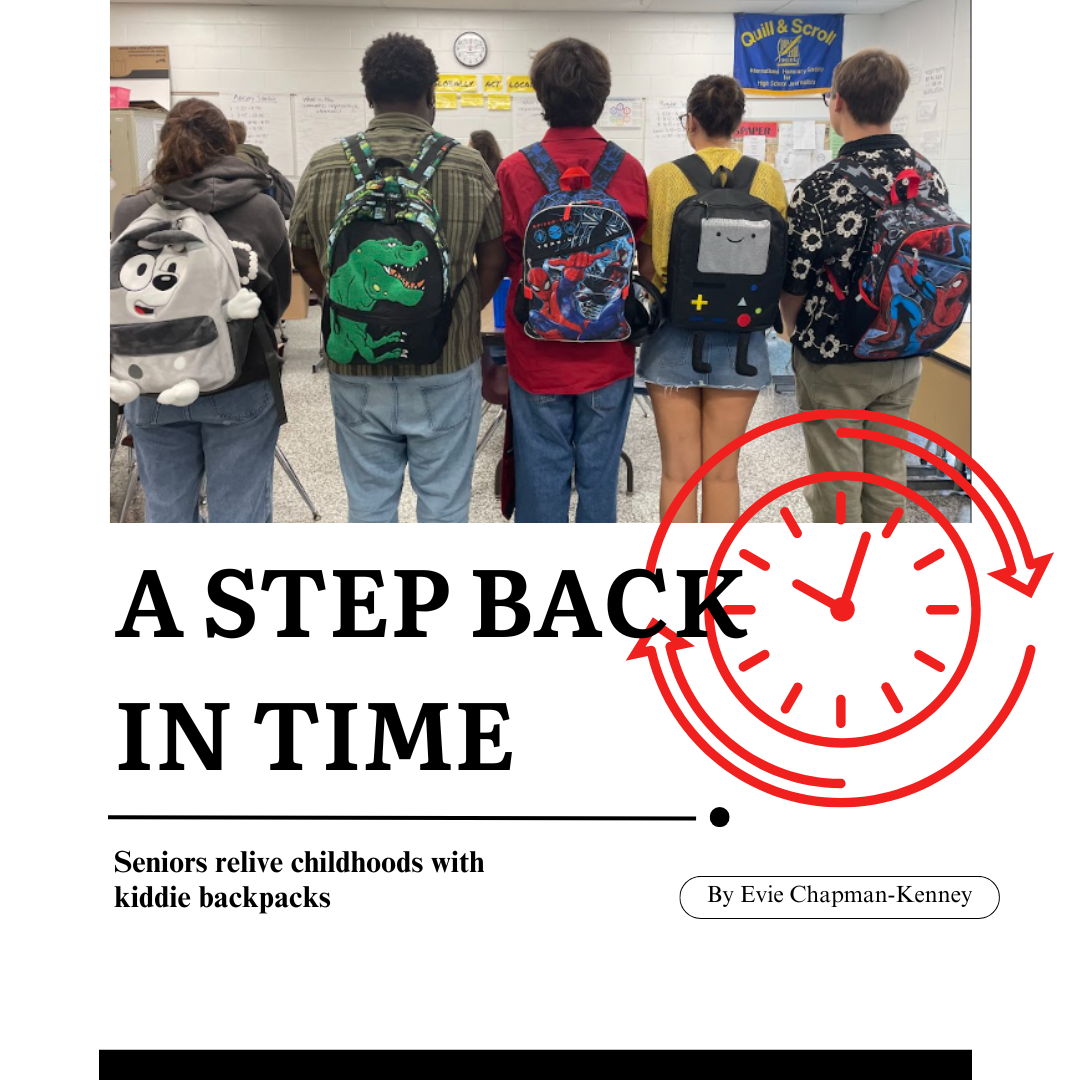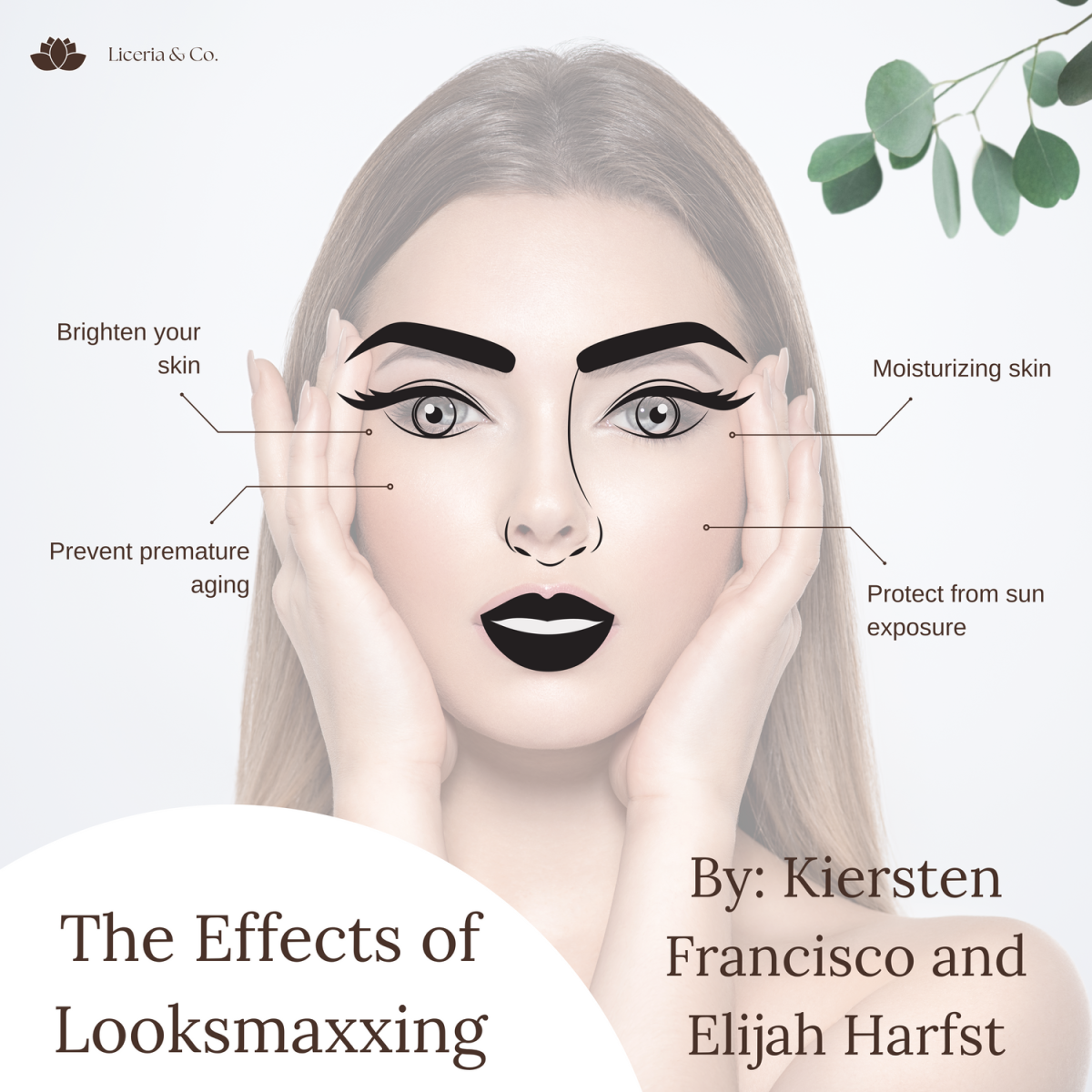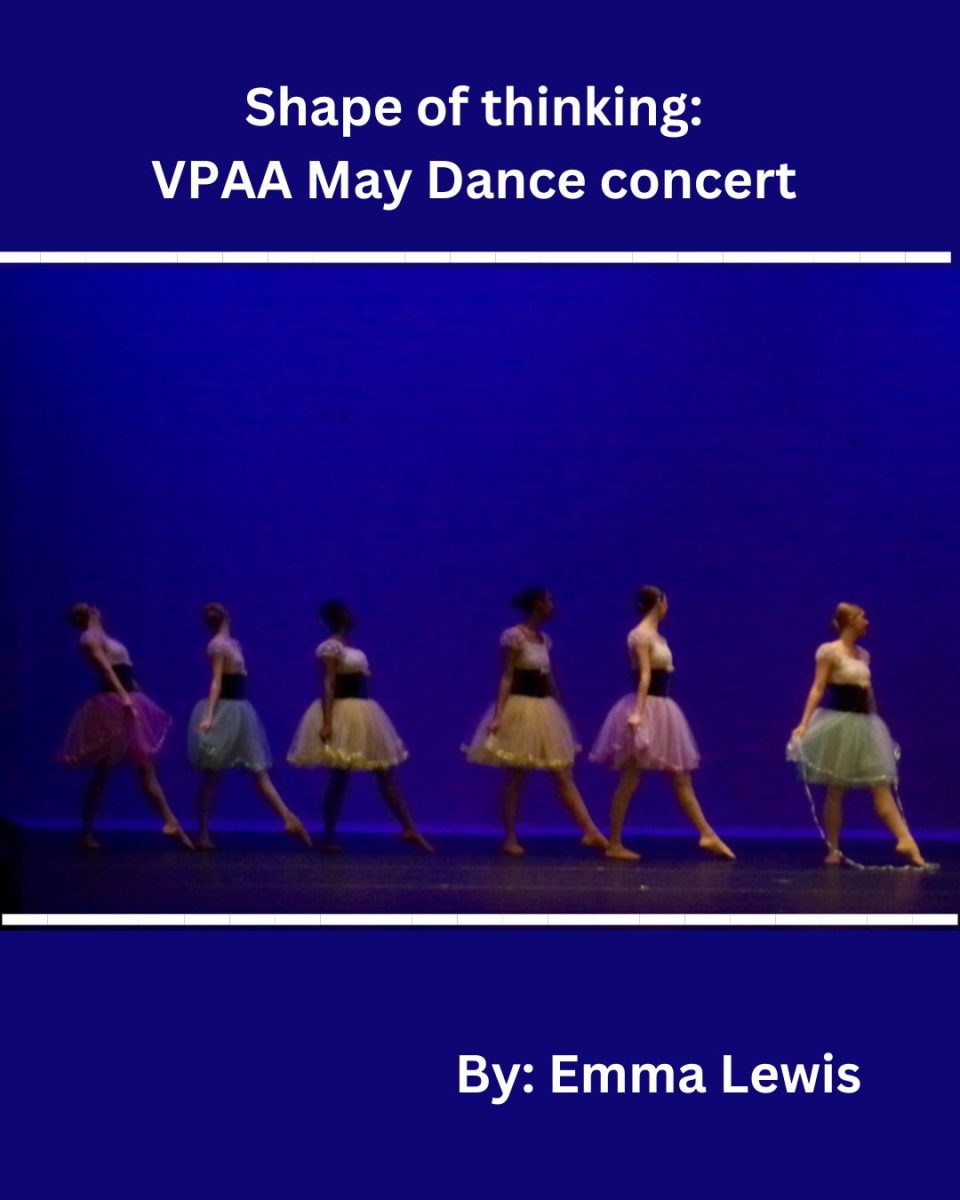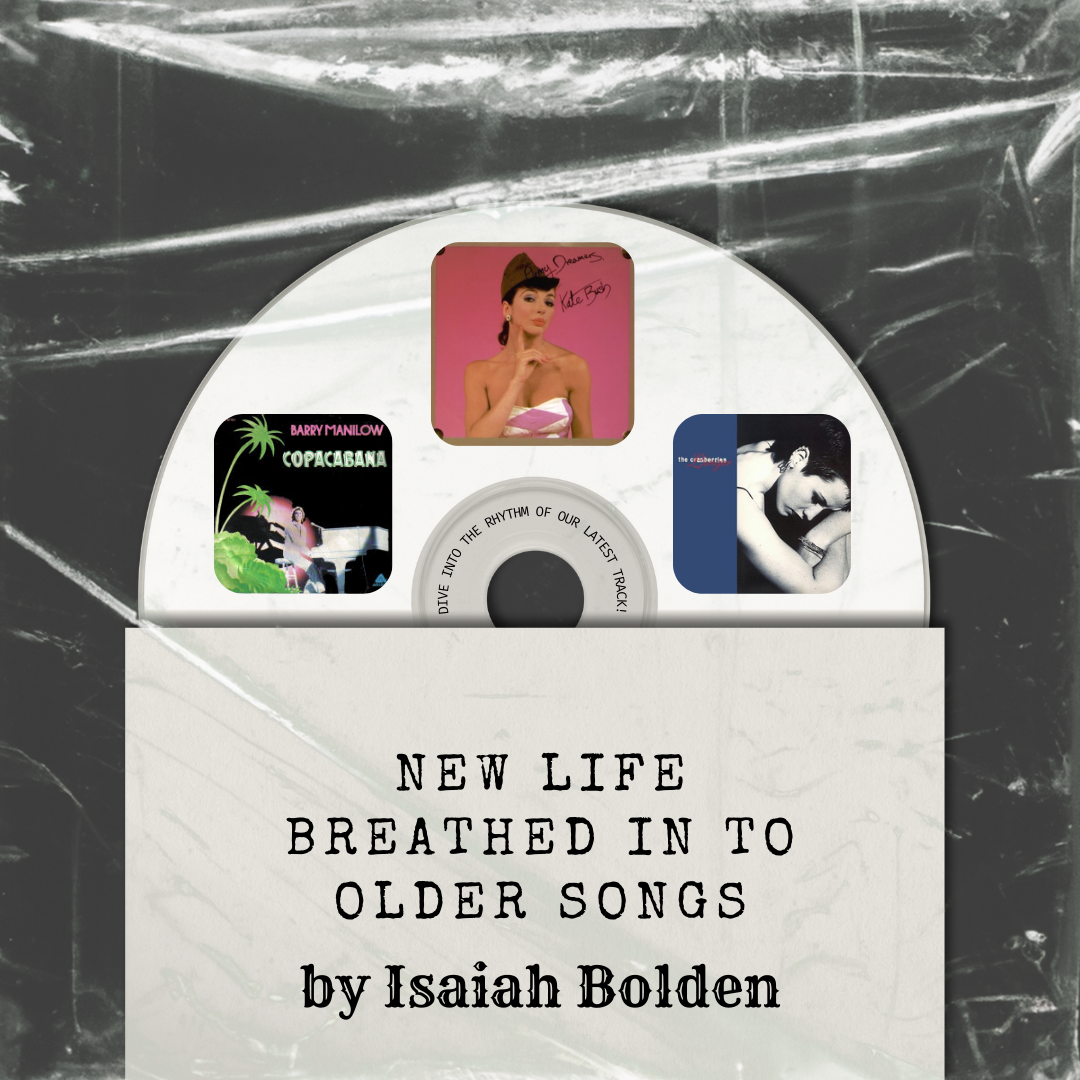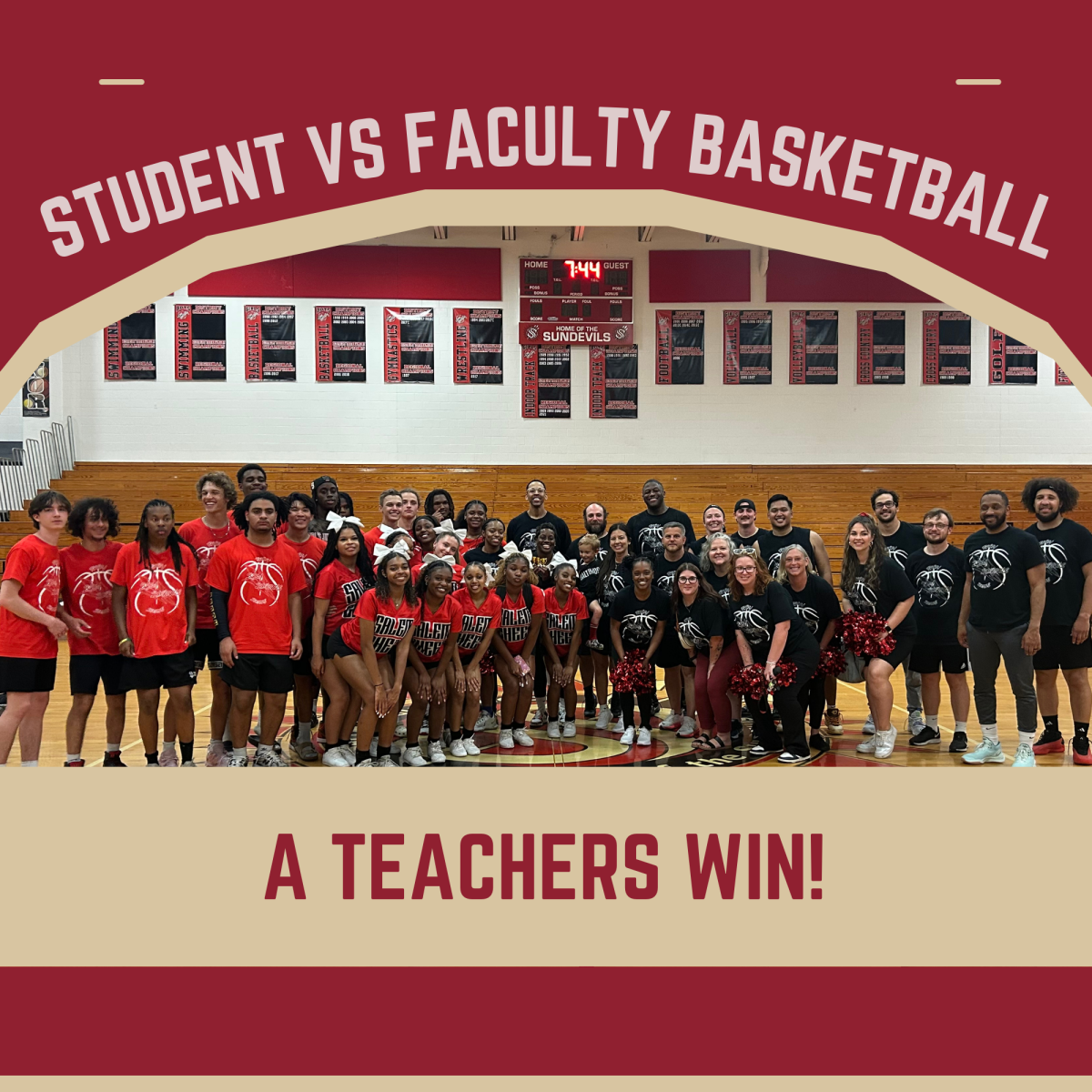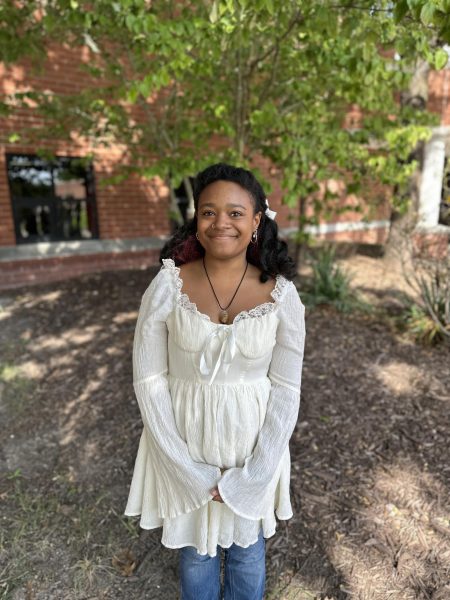K-Pop is a long and expansive genre that most people struggle to tackle. It’s in a whole new language, there are so many new terms and so many new names and groups to learn. Though it may seem overwhelming, K-Pop is similar to any other artist one would actually listen to.
Terminology
Some terminology frequently used in the community differs from regular albums. These new terms make it hard for new people to follow along.
A Comeback is essentially an album release. It’s called this because the artists in the group are coming back from whatever break they’re on.
Group orders are orders made in a group to reduce the cost of shipping. Things most frequently purchased in a group order are things like photo cards and albums. For a more in depth explanation on group orders and how they work check out the article Kiersten’s Kpop commitment.
The member a person likes the most out of everyone in the group is called a Bias. When there is another member of the same group that has caught your eye other than your bias it is often called a bias wrecker. Lastly, the bias that you favor more over a bias in any group is called an Ultimate Bias.
The term Hyung is used to describe any member that is older than the other members. This frequently is used to describe the eldest member but is also seen in the term Hyung line. Describing the oldest few members.
Maknae is the opposite of the term Hyung. The word means the youngest member. The term Maknae is used to describe the younger few members.
A Lightstick is a portable decorative glow stick used at kpop concerts to display visual patterns amongst the crowd. Each group tends to have their own lightstick that matches the concept of the group.
Photocards are cards with the members’ faces on them given inside of the album. Most people tend to trade photocards for the ones of their bias.
Albums
K-Pop albums tend to be eps each containing anywhere from 4-12 songs per album. Each album released has a title track, which is the “single” for the album. This track often comes with a music video, live performance and sometimes a remix on the album. Some examples of title tracks are “Chk Chk Boom” by Stray Kids, “What is love?” by Twice, and “Butter” by BTS.
On an album there are also B-Sides. These are typically the song that is second most popular in the album but don’t have the heavy promotion like the title track. These songs sometimes also get a performance or two and maybe a music video. Some examples of B-sides are “Brought the Heat Back” by Enhypen, “Hurt” By New Jeans, and “Ice Cream Cake” by Red Velvet.
Concerts
K-Pop concerts are not much different than regular concerts but there are a few traditions that most fandoms tend to participate in. Firstly at concerts each group has a lightstick to buy. Each lightstick can range anywhere between $50-$80 and connect to your seat. Once your seat is connected to them doing the actual show it lights up in synch with the song currently playing, displaying pictures and glowing designs in the crowd.
Another thing that tends to happen is the distribution of Freebies. Freebies are pretty much free gifts that people trade at the concerts. The most common Freebies are lomo cards (Fake Photo cards), friendship bracelets and keychains.
Some Kpop concerts coming in the summer nearby include 82 Major in Richmond on June 14th, Stray Kids in D.C on June 23rd, Hey, U_chae in Virginia Beach on July 15th, or P1 Harmony in Fairfax on September 29th.
Groups
There are many different ways to split groups up in kpop. First of all there are Girl Groups (groups with female members) and Boy groups (groups with male members.) There also is separation between the companies, separation between generations as well as between concepts.
When talking about concepts there tends to be 2 types. Dark concepts, groups that center their songs and promotion around darker themes. Some examples of groups with Darker themes are EXO and Dreamcatcher. Lighter concepts as opposed to Dark concepts, groups that center their songs and promotion around lighter themes. Some examples of groups with lighter themes include Zerobaseone and Twice.
All groups in Kpop are under different companies, these companies tend to determine what each group can do and how often they are promoted. Some Companies that are prevalent are: Hybe, who host artists like Enhypen, Katseye, BTS, Illit, New Jeans, and Tomorrow X Together; Jyp, who hosts groups like Itsy, Stray Kids, Twice, NMIXX, Wonder Girls, and Xdinary Heroes; KQ, who hosts groups like Xikers and Ateez; SM, who hosts groups like NCT, Red Velvet, EXO, Aespa, and SHINee; and YG who hosts groups like Blackpink, Bigbang Baby monster, and Treasure.
There are also separations in generations. There are currently 5 generations that start in 1992 and span to today. Generation one is from 1992-2004 and holds groups like H.O.T, Shinhwa, Turbo, and S.E.S. Generation two is from 2004-2012 and holds groups like SuperJunior, Wonder Girls, SHINee, and Girls Generation. Generation three is from 2012-2015 and holds groups like Seventeen, EXO, Blackpink, and BTS. Generation four is from 2015-2022 and holds groups like Ateez, P1 Harmony, Stayc, and Le Sserafim. Lastly, Generation five is from 2022 to now and holds groups like Zerobaseone, Kiss of Life, Boynextdoor, and Riize.
Places to shop
Lastly, to buy albums, stuffed animals, photocards and lightsticks there are specific stores catered to selling just that. Some trusted online stores include Evepink, Subk, and Hello82. Some in person stores include Kpop Gateway located by the Norfolk Premium Outlets or Kpop Kingdom located by Top Golf.
To meet more like minded people in the kpop community, follow @shs.kpoplvrs on instagram to get updates on Kpop Club and other Kpop related events.


